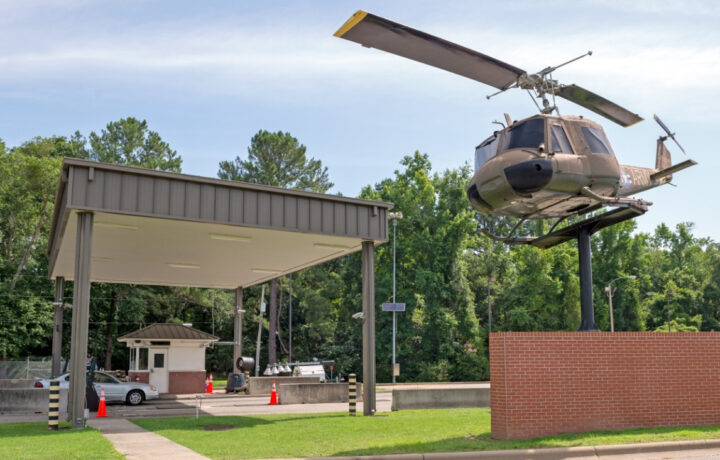Just two and a half years ago, the United States Army acknowledged that due to a clerical error, some pilots would be forced to remain in the cockpit for an additional three years longer than anticipated. The issue came after the Army Human Resources Command discovered a contract issue when a handful of officers submitted routine paperwork to be released from active duty. Following an audit, the “error” impacted roughly 600 soldiers.
Fast forward to last month, and the service announced that it would cut more than 10 times that number of active-duty aviation positions over the next two years. The move is part of a significant transformation that will shift the emphasis from manned aircraft to unmanned systems.
It would result in more than 20% of the U.S. Army’s current aviation branch being cut from a total of 30,000 pilots, flight crews, and maintenance personnel in fiscal years 2026 and 2027 (FY26 & FY27).
According to a report from the Army Times, aviation officials have hoped to reach their target goal by forcing troops out.
Talent Panel Introduced
The Army launched a series of new talent panels earlier this month, aiming to keep decision-making with the soldiers rather than resorting to involuntary transfers or reductions.
“We went out to the formations and asked commanders to counsel every single soldier that was in the targeted population [where] we are over strength, and talk to them about where they are, what their goals are, what they want to do in the Army, if this is what they want to do, and if they’re looking for other things,” said Major General Clair Gill, commander of the Army Aviation Center of Excellence and Fort Rucker, Alabama this week’s Association of the United States Army conference in Washington, D.C. “And then they created an order-of-merit list for their formations and sent that to us.”
Those lists, which a panel of Army officials will evaluate, will assess the records of soldiers. It will be divided into three tiers, and those in the bottom third could be warned that they might be in a “risk population,” Gill added. Those soldiers could further be instructed to “think about options available to you, and here’s what they look like.”
Who Will It Impact
Those who could be affected by the talent panels are likely to include junior officers in year groups 2020 to 2023, and untracked warrant officers in year groups 2022 to 2024, the Army Times added.
The United States Army had announced last year that it would inactivate cavalry squadrons within its U.S.-based Stryker and infantry brigade combat teams as the service shifts its focus on large-scale combat operations to counterinsurgency.
For pilots that will likely mean increased competition for the fewer positions, and some mandatory career adjustments. Gill said that even though the service hopes to avoid mandatory cuts, they won’t happen for at least a year, or one or two manning cycles.
Force reduction goals by year could be in the dozens.
Unmanned Systems Will Still Require Manpower
These changes aren’t just about cuts; instead, they will create new opportunities in unmanned aviation. The Army further announced this month that it seeks to domestically mass-produce upwards of 10,000 small unmanned aerial systems (UAS) each month beginning next year. That will require new organizational structures to employ the drones more effectively.
In February 2024, then Army Chief of Staff Randy George announced that the service was looking at how to incorporate UAS, along with robotics, 3D printing, and other emerging technologies to bolster the Army’s capabilities.
The Army began to select a number of brigades that would be “transforming in contact” and receive the drone kits for evaluation. Those units included the 101st Airborne’s 2nd Brigade, the 25th Infantry Division’s 2nd Brigade, and the 10th Mountain 3rd Brigade. The 101st’s 2nd Brigade Combat Teams has been integrating drones for reconnaissance and to study future lethal capabilities. Over this past summer, it conducted training with the Skydio X102D drones in Romania.
The 10th Mountain’s 3rd Brigade Combat Teams has also been employing the Skydio X10D and GhostX UAS in training.
Yet, at this week’s Army Association’s meeting in D.C., Col. Dave Lamborn, commander of the 2nd Mobile Brigade, 25th Infantry Division, based in Hawaii, also warned that small units could be “overtasked” by having to operate drones in addition to conventional duties in the field.
“I can tell you that there is certainly an upper level of useful number of devices to field out to tactical formations,” Lamborn said while speaking on a panel.
“I certainly want to enable squads, but I also don’t want to encumber squads,” added Lamborn. “There’s enough stuff for these guys to do.”




